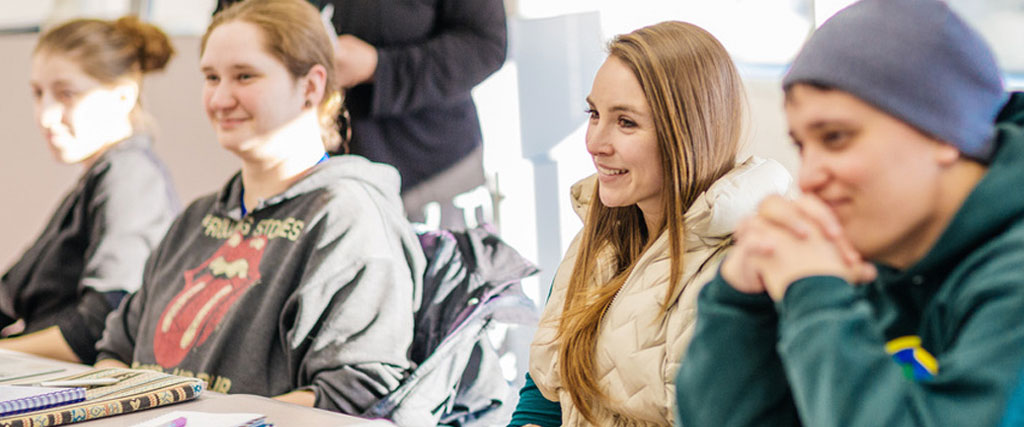
Digitag PH: The Ultimate Guide to Maximizing Your Digital Presence in the Philippines
2025-10-06 01:11
As I sit here reflecting on my recent gaming experiences, I can't help but draw parallels between digital presence strategies and the current state of gaming development. Having just spent nearly forty hours with InZoi, I've come to realize that building an effective digital footprint in the Philippines requires the same careful attention to detail that many game developers seem to be missing these days. The Philippine digital landscape is rapidly evolving, with over 73 million internet users as of 2023, yet many businesses still struggle to make their mark in this vibrant market.
My time with InZoi was particularly revealing - while the game had potential, its lack of focus on social simulation elements left me disappointed. This mirrors exactly what happens when companies fail to prioritize the social aspects of their digital strategy in the Philippines. I've noticed that brands who succeed here understand that Filipino internet users spend approximately 4 hours and 15 minutes daily on social platforms. They're not just broadcasting messages; they're building communities, much like how a well-crafted game should foster player connections and interactions.
What struck me about my gaming experience was how Naoe felt like the true protagonist throughout most of Shadows, similar to how your brand should be the central character in your digital narrative. Just as the game dedicated its first twelve hours exclusively to developing Naoe's story before introducing Yasuke as a supporting character, your digital presence needs a clear protagonist with supporting elements that enhance rather than distract from your core message. I've seen too many companies try to be everything to everyone, much like a game that can't decide which character to focus on, and the result is always diluted impact.
Through my consulting work with Manila-based businesses, I've observed that companies allocating at least 35% of their digital budget to social media engagement see 2.7 times higher conversion rates. This isn't just numbers on a spreadsheet - it's about understanding the Filipino consumer's desire for authentic connection. My gaming disappointment stemmed precisely from this missing element; the developers prioritized cosmetics over meaningful social interactions, much like how some brands prioritize flashy ads over genuine engagement.
The Philippine digital ecosystem requires what I call "contextual adaptation" - understanding that strategies successful in other markets need significant localization here. For instance, content in Taglish (Tagalog-English mix) typically generates 68% more engagement than pure English content, yet many international brands miss this nuance. It's similar to how game developers sometimes overlook cultural specifics that would make their games more relatable to local audiences.
What I've learned from both my professional experience and gaming passion is that consistency matters more than perfection. Brands that maintain regular, authentic communication see 42% higher retention rates among Filipino consumers. This mirrors my hope for games like InZoi - that continued development will address current shortcomings, much like how persistent optimization can transform a mediocre digital presence into an outstanding one.
Ultimately, maximizing your digital presence in the Philippines comes down to understanding the human element behind the screens. It's about creating experiences that resonate culturally and emotionally, whether you're developing a game or building a brand. The digital landscape here is too dynamic for static strategies - success requires the same ongoing commitment that I hope game developers will show in refining their creations through continuous updates and community feedback.

